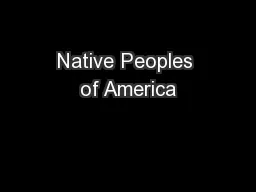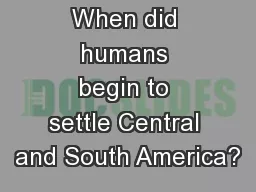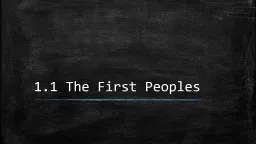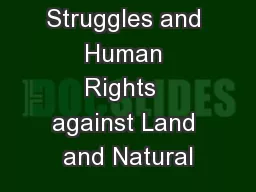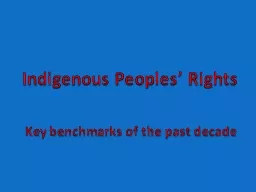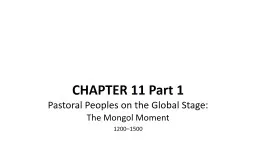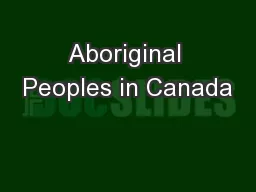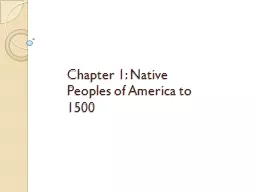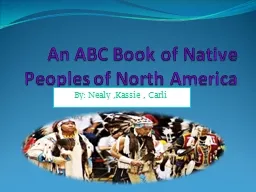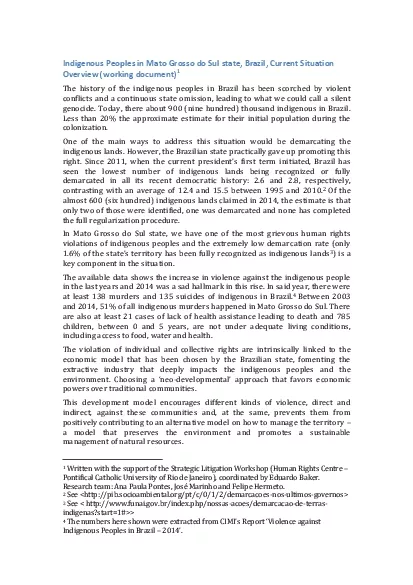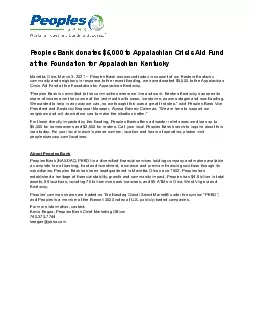PPT-Native Peoples of America
Author : lindy-dunigan | Published Date : 2015-10-20
to 1500 CE Chapter 1 Boyer Hiawatha member of Iroquois tribe Endless cycle of violence Family threatened wanders through forest Has visions meets holy man Introduces
Presentation Embed Code
Download Presentation
Download Presentation The PPT/PDF document "Native Peoples of America" is the property of its rightful owner. Permission is granted to download and print the materials on this website for personal, non-commercial use only, and to display it on your personal computer provided you do not modify the materials and that you retain all copyright notices contained in the materials. By downloading content from our website, you accept the terms of this agreement.
Native Peoples of America: Transcript
Download Rules Of Document
"Native Peoples of America"The content belongs to its owner. You may download and print it for personal use, without modification, and keep all copyright notices. By downloading, you agree to these terms.
Related Documents

